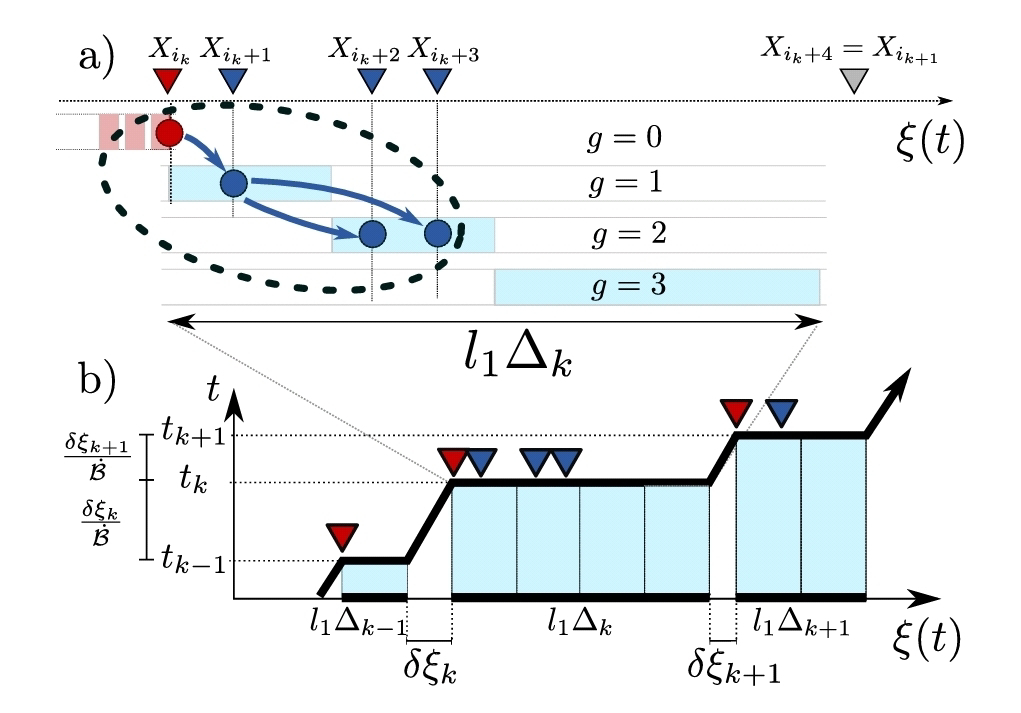<< ️Flow networks are fundamental for understanding systems such as animal and plant vasculature or power distribution grids. These networks can encode, transmit, and transform information embodied in the spatial and temporal distribution of their flows. >>
<< ️In this work, (AA) focus on a minimal yet physically grounded system that allows (Them) to isolate the fundamental mechanisms by which active flow networks generate and regulate emergent dynamics capable of supporting information transmission. The system is composed of active units that pump fluid and elastic units that store volume. From first principles, (They) derive a discrete model-an active flow network-that enables the simulation of large systems with many interacting units. >>
<< ️Numerically, (AA) show that the pressure field can develop solitary waves, resulting in the spontaneous creation and transmission of localized packets of information stored in the physical properties of the flow. (They) characterize how these solitary waves emerge from disordered initial conditions in a one-dimensional network, and how their size and propagation speed depend on key system parameters. >>
<< ️Finally, when the elastic units are coupled to their neighbors, the solitary waves exhibit even richer dynamics, with diverse shapes and finite lifetimes that display power-law behaviors that (They) can predict analytically. >>
Rodrigo Fernández-Quevedo García, Gonçalo Cruz Antunes, Jens Harting, et al. Spontaneous emergence of solitary waves in active flow networks. arXiv: 2511.13448v1 [physics.flu-dyn]. Nov 17, 2025.
Also: soliton, waves, network, elastic, in https://www.inkgmr.net/kwrds.html
Keywords: gst, solitons, waves, solitary waves, networks, active flow networks, active matter, fluid-structure interactions, elasticity.



